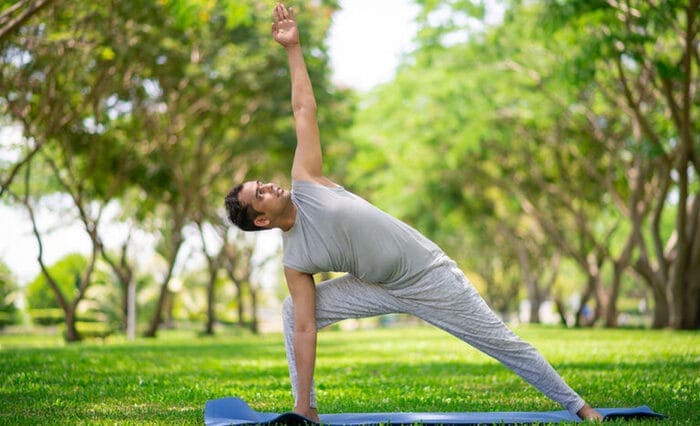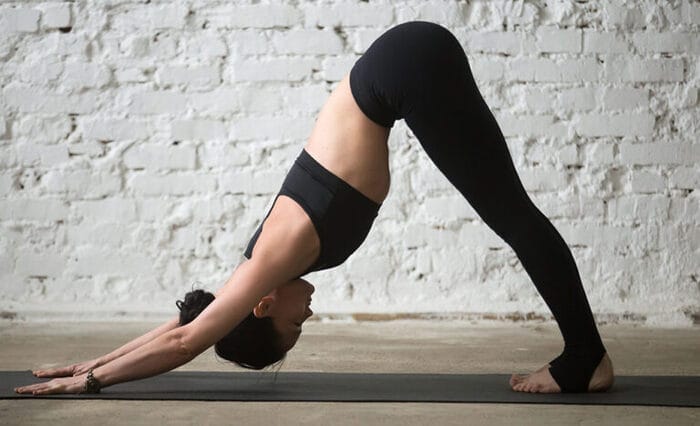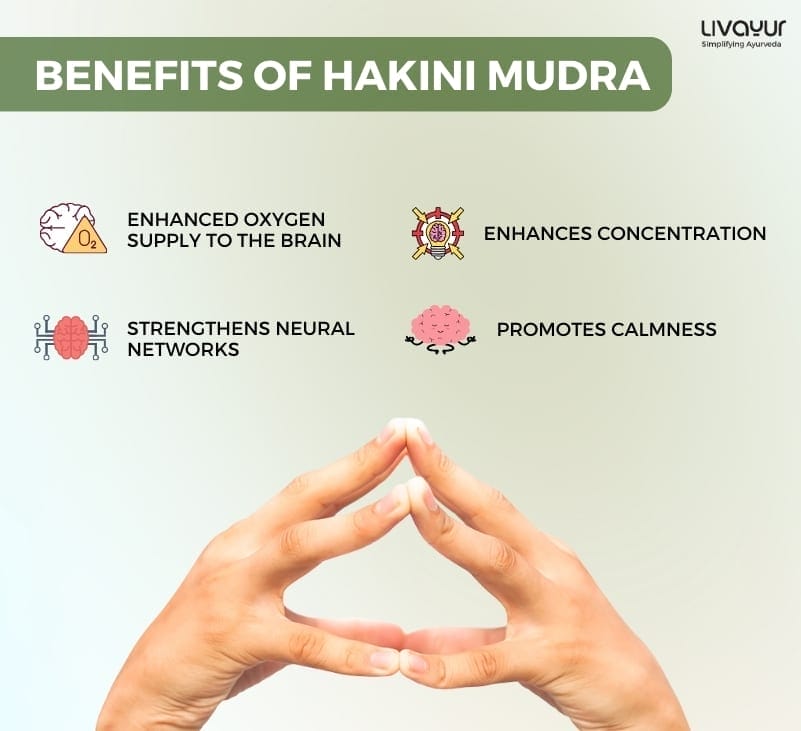
Diabetes, in Ayurveda popularly known as Madhumeha is a metabolic disease whereby a person has high blood sugar due to an inability to produce or an inability to metabolize sufficient quantities of the hormone insulin. Over time, having too much glucose in a person’s body causes a range of health problems. Among these problems is diabetic neuropathy.
Diabetic neuropathy occurs when prolonged high blood sugar affects and damages the nerves in the body. This is most commonly experienced in the nerves of the peripheral regions or in the hands and feet. The damage of these nerves leads to unpleasant symptoms such as tingling or burning, sensitivity to touch, muscle weakness, sensitivity to hot and cold temperatures, sharp pain or cramping, loss of balance or coordination, etc.
Yoga – A Remedial Approach To Improve Health Disorders
Rooted in Indian philosophy, yoga is an ancient practice which is known to promote mental and physical wellbeing. Yoga has shown to be effective in improving general wellness by relieving stress, supporting good health habits, and improving mental/emotional health, sleep, and balance. It is also known to help people with chronic diseases manage their symptoms and improve their quality of life while reducing stress. Yoga can be taken as an approach to minimise or improve the effects of diabetic neuropathy. There are certain yoga poses or Asanas which can help minimise the discomfort experienced by peripheral nerve damage caused by diabetes. Here are some of them:
Pawanmuktasana
Pawanmuktasana is an easy yoga pose that can be practiced easily. In this position, the thighs are pressed against the abdomen and the wrists or elbows are clasped. The neck is bent towards the knees and if possible the forehead or chin is touching the knees. The breath is relaxed.
How to perform this asana:
- Straighten the neck and lower the head back on to the ground.
- Release the arms and place them beside the body.
- While inhaling straighten both legs, let them rest at 90 degrees from the ground.
- While exhaling, slowly lower the legs back to the supine position.
Trikonasana

Although requiring a little bit of flexibility, the Trikonasana pose can be practiced by beginners and experts alike. In this position, the body is made into a triangle shape with the legs spread apart, one arm raised to the air and the other arm and hand touching the ground.
How to perform this asana:
- Stand straight up with your feet together.
- Bend down and try to touch your toes.
- Stretch as much as you can and maintain the triangular body shape.
- Inhale deeply and for six breaths
Adho Mukha Svanasana

Adho Mukha Svanasana or the inversion pose or downward dog is one of the basic yoga poses that can be performed by anyone. In this position, the body is made into an upside-down V with the hands and feet touching the ground.
How to perform this asana:
- Start in an all fours position, with your hips above your knees and shoulders above your wrists.
- Bring your hands slightly forwards of your shoulders, with your middle finger pointing forward, spread your fingers.
- Create a spiral action in your arms by rolling your upper arms away from you and your forearms spiralling inwards
- Tuck your toes under, and on an exhalation, engage your lower belly drawing the navel back to the spine. Press through your hands and lift your hips back and up to bring yourself into an upside-down V pose.
- Stay for five breaths.
Takeaway
Yoga is an effective way to increase the blood flow to the hands and feet which may help improve the blood circulation and reduce the symptoms of diabetic neuropathy. If you suffer from diabetes and experience diabetic neuropathy, you can try following the asanas or yoga poses mentioned above to mitigate symptoms. It is also recommended to maintain a healthy lifestyle by eating a lot of fresh fruits and vegetables, avoiding processed food, and getting enough sleep and rest.
This article is reviewed by Suchitra Marwah




















